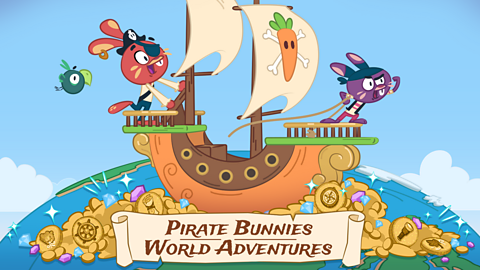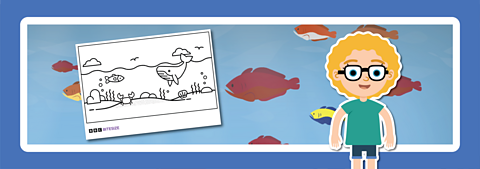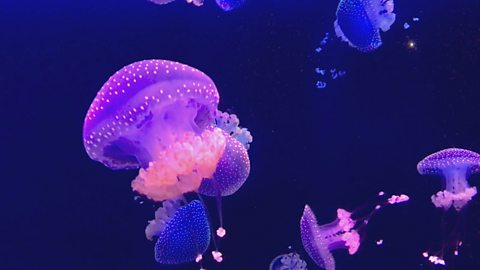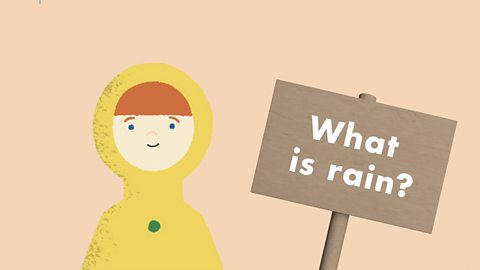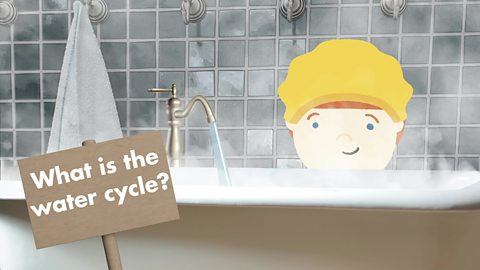Geography
What are oceans?
Oceans are large bodies of salt water. They are home to amazing sea animals and plants and are a source of food, and water.
Did you know?
- Two thirds of the world is covered by the oceans.
- There are five oceans in the world. All five oceans are connected with each other, and water flows between them.
- The oceans are the Pacific Ocean, the Atlantic Ocean, the Indian Ocean, the Southern Ocean and the Arctic Ocean.
- The Pacific Ocean is the world’s largest ocean. The deepest known area of the ocean is the Mariana Trench in the Pacific Ocean. It is around 11,000 metres deep.
- The Arctic Ocean is the world’s smallest and shallowest ocean.
- More of the Earth is covered by water than by land.
Hello, I'm Earth. I'm where you live. You and a few billion others.
People live all over me on bits of land called continents.
There are seven:
North America
South America
Africa
Europe
Asia
Oceania
and Antarctica.
Over two thirds of my surface is covered in water. Most of it is held in the five oceans:
The Atlantic Ocean
The Indian Ocean
The Pacific Ocean
The Southern Ocean
and The Arctic Ocean.
I orbit around the sun. Not that fast! It actually takes me a year.
There's an imaginary line that runs around my middle, which is always closest to the sun.
There it is, the Equator.
It marks the difference between my two parts: the northern hemisphere and the southern hemisphere.
This cold part at the top is my most northern point and is called the North Pole.
I also have another cold part at my bottom - I mean, my most southerly point - which is called the South Pole.
I have a lot going on, don't I?
So take care of me, please, because I'm your home.
Here are some more facts about oceans in these BBC Bitesize and BBC Teach guides.
Learn how big the oceans are and where they are located with these maps and videos.
What are the five oceans of the world?
Bitesize: KS1 Geography
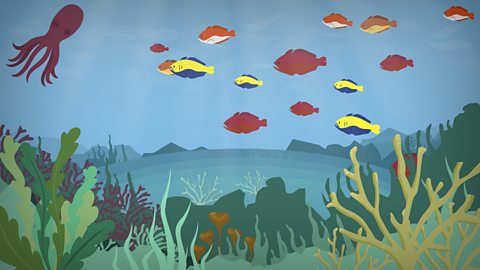
Oceans: The oceans of the world
BBC Teach: KS1 Geography
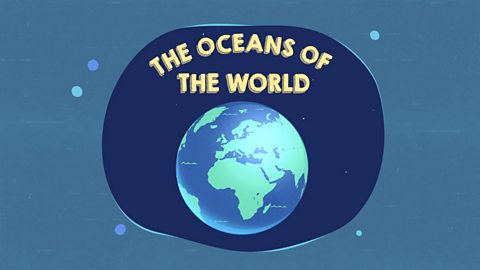
Activity: Ocean quiz
Game: Pirate Bunnies World Adventure
Science

Find out about the oceans and the living things that make them their home.
Coastal habitats are the places where the land meets the ocean. They can have rocky cliff edges, sandy beaches and rock pools. Most marine life lives in coastal habitats.
Ocean habitats are large and wet. Some ocean habitats are shallow, sunny and warm and others are deep, dark and cold. They are hotter near the equator and colder near the North and South Pole. This means that the conditions are different in the different areas of the oceans so different animals are suited to living there.
Discover more about coastal and ocean habitats and the plants and animals you might find there.

What is a fish?
Bitesize: KS1 Science

What is a coastal habitat?
Bitesize: KS1 Science
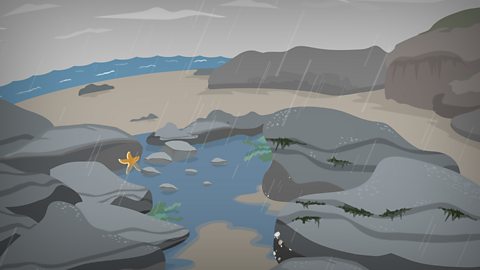
What is an ocean habitat?
Bitesize: KS1 Science
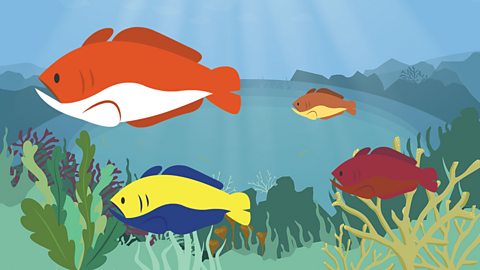
Citizenship
Learn more about the problem of ocean pollution and what we can do to help.
What is ocean pollution?
Bitesize: The Regenerators
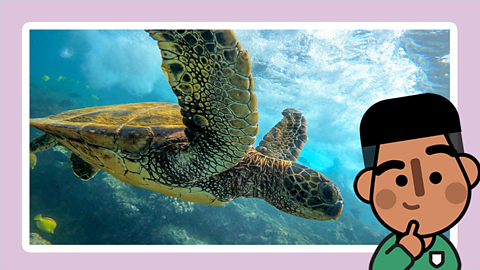
How can we look after our environment?
Bitesize: The Regenerators
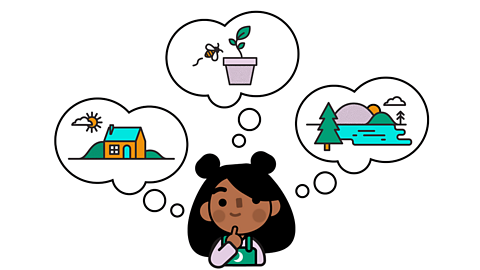
Looking after the environment
Bitesize: KS1 Citizenship
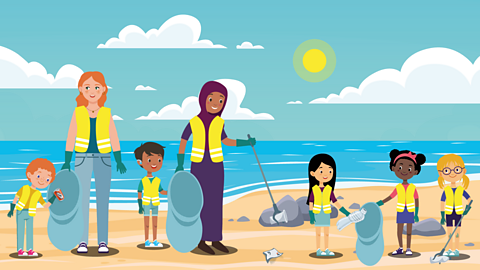
Activity: colouring
English
Write your own ocean story
Can you think of words to describe the ocean? Use adjectives to tell your reader what it is like to be by the sea.
Think about your senses.
- What can you hear and what can you see?
- What does the ocean feel like?
- What does it smell like?
What are adjectives?
Bitesize: KS1 English
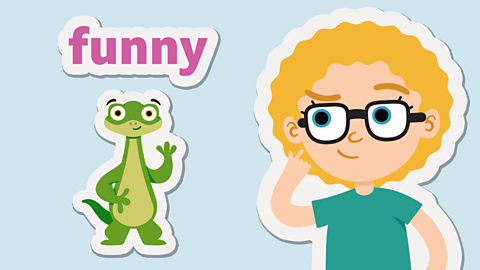
Where next?
Play Bitesize Primary games. gamePlay Bitesize Primary games
Fun and educational primary games in science, maths, English, history, geography, art and design, computing and modern languages.

Play Bitesize Primary games. gamePlay Bitesize Primary games
Fun and educational primary games in science, maths, English, history, geography, art and design, computing and modern languages.

